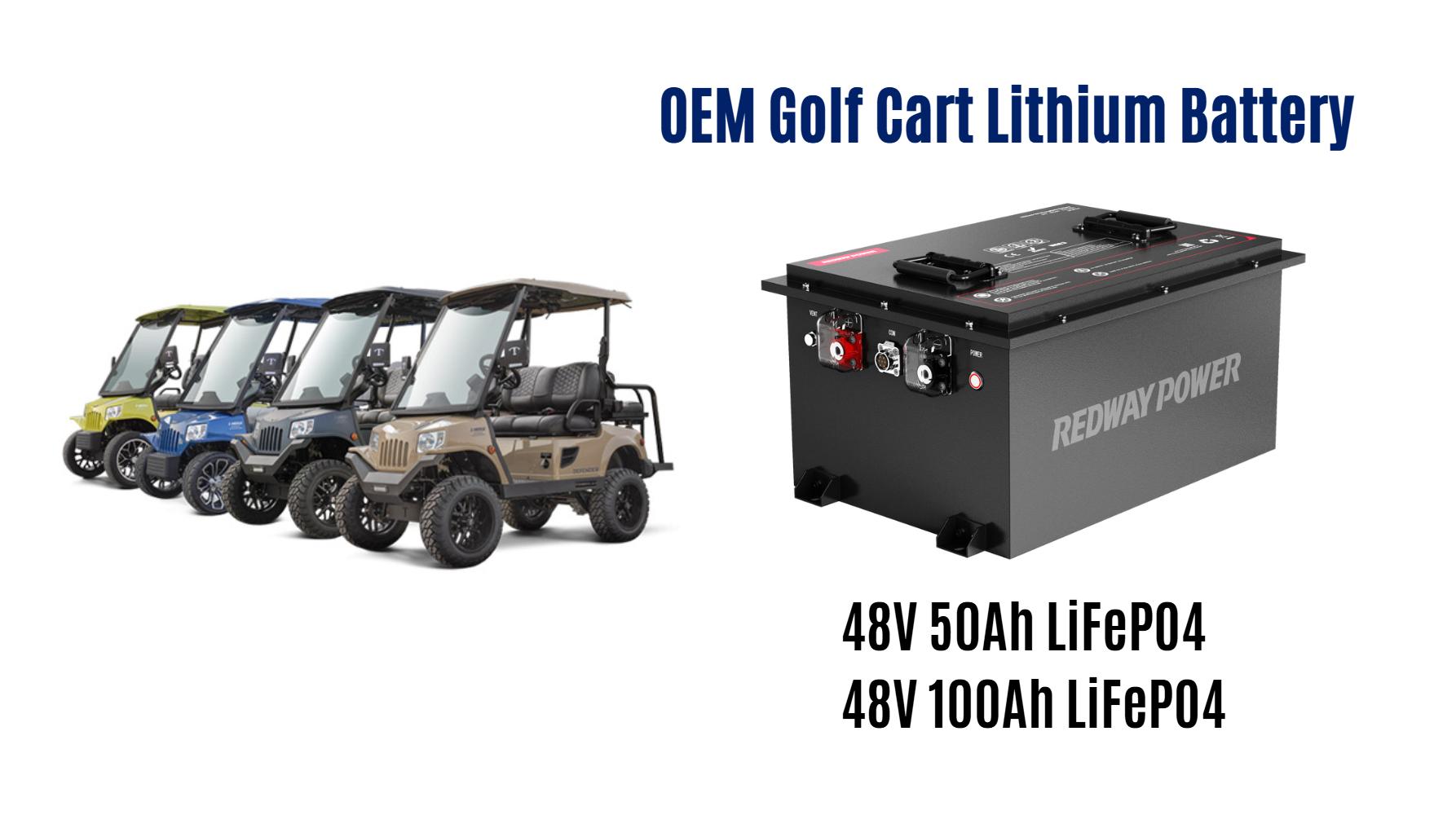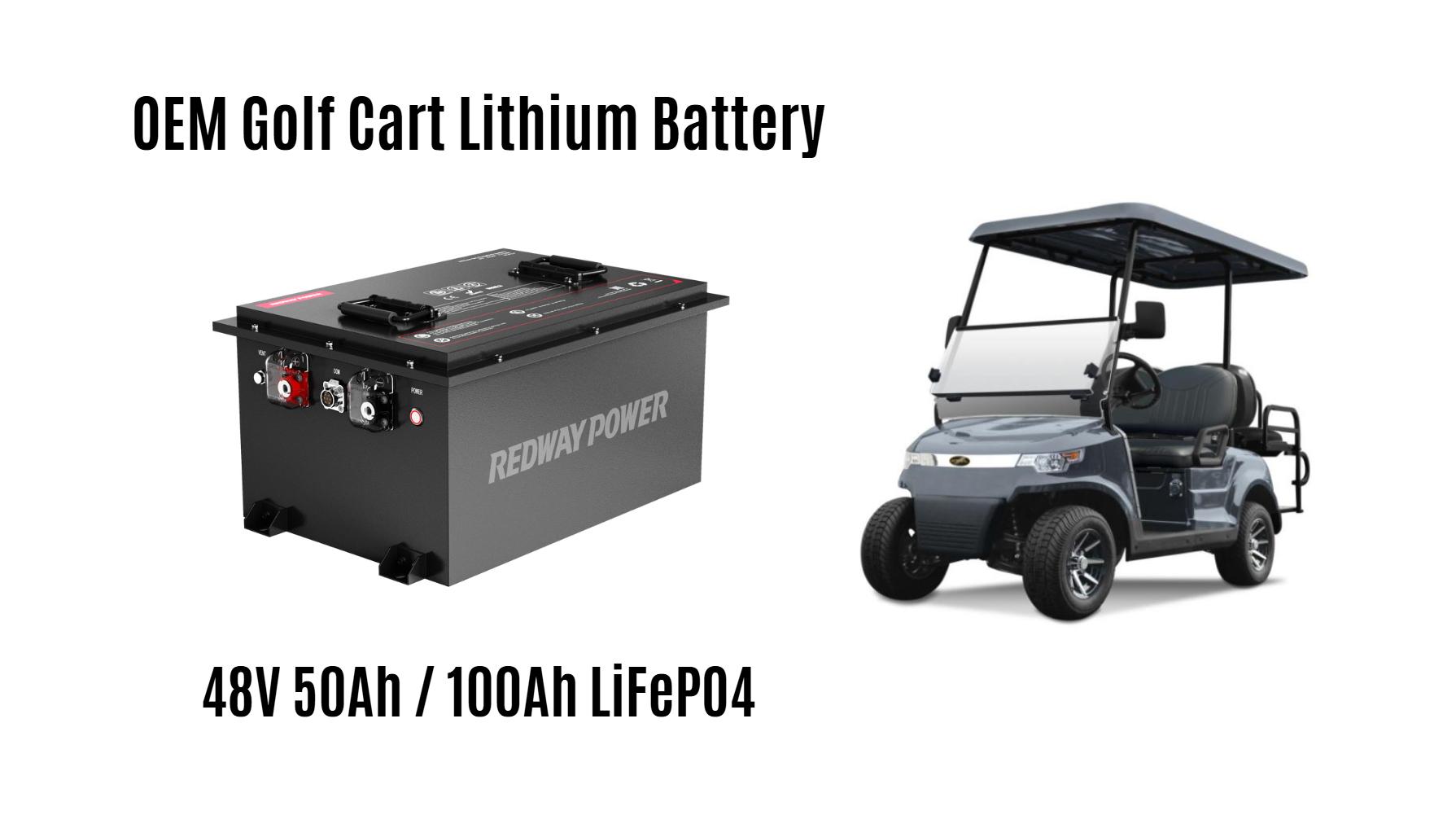What Is a Data Center Battery Monitor and Why Is It Essential?
A data center battery monitor tracks the health, voltage, temperature, and charge cycles of backup batteries in data centers. It ensures uninterrupted power during outages, prevents equipment damage, and extends battery lifespan. Essential for reliability, these systems reduce downtime risks and operational costs by providing real-time insights into battery performance and failures.
How Do Data Center Battery Monitoring Systems Work?
Data center battery monitors use sensors to collect real-time data on voltage, current, temperature, and impedance. Advanced algorithms analyze this data to predict failures, estimate remaining capacity, and trigger alerts for anomalies. Integration with Building Management Systems (BMS) enables automated responses, such as load redistribution or backup activation, ensuring seamless power continuity.
What Are the Key Features of an Effective Battery Monitoring System?
Effective systems offer real-time analytics, predictive maintenance alerts, scalability for large battery banks, and compatibility with VRLA, lithium-ion, and nickel-cadmium batteries. Cloud-based dashboards, historical data tracking, and integration with DCIM (Data Center Infrastructure Management) tools are critical for optimizing performance and minimizing human intervention.
Why Is Predictive Maintenance Crucial for Data Center Batteries?
Predictive maintenance identifies early signs of battery degradation, such as rising internal resistance or capacity fade. By addressing issues before catastrophic failure, data centers avoid costly downtime, extend battery life by 20–30%, and reduce replacement costs. Machine learning models further refine predictions by correlating environmental factors with performance trends.
Which Battery Technologies Are Most Commonly Monitored in Data Centers?
Valve-Regulated Lead-Acid (VRLA) batteries dominate due to their low upfront cost and reliability. Lithium-ion batteries are gaining traction for their longer lifespan and compact size. Nickel-cadmium batteries, though less common, are monitored in extreme temperatures. Each technology requires tailored monitoring strategies to address unique failure modes like thermal runaway or sulfation.
How Does Environmental Temperature Impact Battery Monitoring?
High temperatures accelerate chemical reactions in batteries, causing faster degradation. Monitoring systems track ambient and internal battery temperatures, adjusting cooling systems dynamically. For every 10°C above 25°C, battery lifespan halves. Lithium-ion batteries require stricter thermal management to prevent thermal runaway, making real-time temperature monitoring non-negotiable.
What Role Does IoT Play in Modern Battery Monitoring Solutions?
IoT-enabled monitors transmit data to centralized platforms via Wi-Fi or cellular networks, enabling remote management. Sensors embedded in battery cells provide granular insights, while edge computing processes data locally to reduce latency. IoT integration supports predictive analytics at scale, essential for multi-site data centers managing thousands of batteries.
Expert Views
“Modern battery monitors are no longer optional—they’re a strategic asset. At Redway, we’ve seen clients reduce unplanned outages by 75% by combining IoT sensors with AI-driven analytics. The next leap will be integrating carbon footprint tracking, aligning battery health with sustainability goals.”
— Senior Power Systems Engineer, Redway
Conclusion
Data center battery monitors are critical for ensuring power resilience, optimizing maintenance costs, and supporting sustainable operations. As data demands grow, investing in advanced monitoring systems with predictive capabilities and IoT integration will separate high-performing data centers from vulnerable ones.
FAQs
How Often Should Data Center Batteries Be Replaced?
VRLA batteries typically last 3–5 years; lithium-ion lasts 8–10 years. Continuous monitoring can extend lifespans by identifying underperforming units for targeted replacement, avoiding full-bank swaps.
Can Battery Monitors Integrate With Renewable Energy Systems?
Yes. Advanced systems correlate battery performance with solar/wind input fluctuations, optimizing charge cycles and reducing grid dependence during peak loads.
What’s the Cost of Ignoring Battery Monitoring?
Unmonitored batteries risk unplanned downtime, costing up to $9,000 per minute in large data centers. Battery fires from undetected faults can lead to millions in damages and regulatory penalties.



